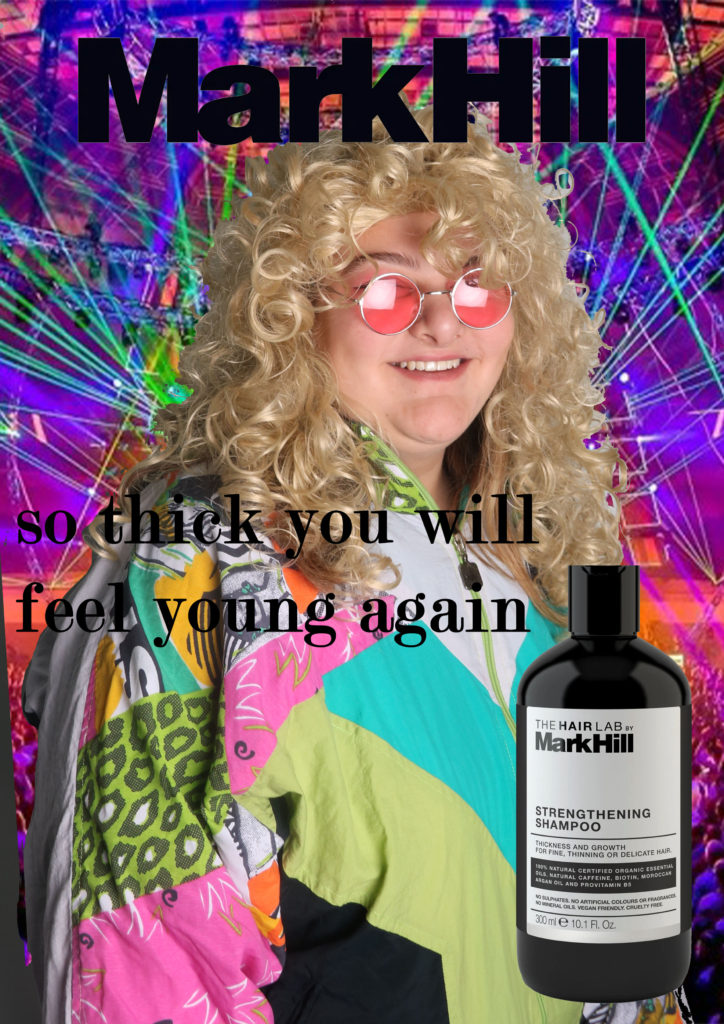Judith Butler describes gender as “an identity instituted through a stylized repetition of acts”. In other words, it is something learnt through repeated performance.
How useful is this idea in understanding gender is represented in both the Score and Maybelline advertising campaigns?
To start this essay I want to quote Judith Butler who wrote: “Gender does not exist inside the body” – this implies that the biology of someone’s gender does not determine the way they see themselves and the way they want others to. Indeed, Judith Butler describes gender as “an identity instituted through a stylized repetition of acts”. In other words, it is something learnt through repeated performance. It is saying that there really is no gender and that its all actions that where constantly repeated and created a normal for that gender to do in the old days these repetitive acts made it normal for the woman to not work and just clean and cook and for the male to make the money and work
In the past men were regarded greater at creating literally pieces and writings then woman were. Virginia Woolf stating that simply if women were not stereotyped and given equal opportunities to men originally, then more literacy pieces would have been made. These opportunities being not regarded as worse or beneath men and given the correct education and same rights as men.
In contrast, more recently, “Me Too” was initially used in this context on social media in 2006, on Myspace, by sexual assault survivor and activist Tarana Burke.[4] Harvard University published a case study on Burke, called “Leading with Empathy: Tarana Burke and the Making of the Me Too Movement”.[5]
Similar to other social justice and empowerment movements based upon breaking silence, the purpose of “Me Too”, as initially voiced by Burke as well as those who later adopted the tactic, is to empower sexually assaulted individuals through empathy and solidarity through strength in numbers, especially young and vulnerable women, by visibly demonstrating how many have survived sexual assault and harassment, especially in the workplace
If we consider David Gauntlett and the theory of Fluid of identity is having the choice to change the way you come across however you like. If you don’t want to look a certain way fluid of identity creates the meaning of being able to change that and change how you perceive yourself as a person. Not only that Fluid of identity also means having the fluidity to change the way you act to something favoured or to something which can be categorised as normal. Fluid of Identity is the freedom to change who you are as a person from how you look to how you act if you prefer to-do that.
We can see in Maybelline’s large scale adverts since 1999, they’ve used curvy, oversexualised and glamourous woman to advertise their products. Resulting from this, Maybelline goes against Judith Butlers work and conjoins the stereotypes of genders to their products to increase sales and interest, they have done this by making it seem like woman are the only people to use makeup, however this isn’t true men have been starting to use makeup and expressing themselves through it, for example bands like Fall out boy, and celebrities like Johnny Depp have used and continue to use eyeliner when turning up to social events and shows. However as Judith Butler comments “gender is not a identity instituted through a stylized repetition of acts” and Maybelline is ignoring the idea of men using their products and wasn’t advertising them towards other genders until 2017 after they realised other genders had started to wear and buy makeup more regularly and it becoming more normal. Most importantly after they hired Manny Gutierrez to advertise their products for all genders it displayed that Maybelline was able to change their adverts and give the idea to their customers that they can display who they are and who they want to be through Maybelline’s products.
In addition, we see the idea represented in the score printed advert “Score liquid hair groom” made in 1967, displays a recently shaven man who is being praised by five different women, who have been sexualised to be a submissive of the dominant signifier. The advert is manipulated to be desired as men wouldn’t be able to resist the sexualised appearance of the females in this advert, giving a sense of what the males can potentially ‘get’, these persuasive techniques of temptation of women gives men the curiosity of buying the product. The audiences opinion of this advert has changed due to the change in society and the way society views ideas. In 1967, when this advert was made, it was deemed normal for women to show skin and be the less dominant gender, and black men and women to not be in advertisement, however over the last few years, the change in society, diversity and the popular ideas have changed the way products are advertised. This is due to the recognition and understanding of sexism, racism and homophobia. The representational idea of different social groups in this photograph, is the idea that men are the dominant gender and women follow masculinity. As well, the idea of this product advertisement is to encourage men to purchase the product for the opportunity to have a swarm of women admiring them. Moreover, this male liquid hair groom links in to the idea of Judith’s Butlers quote “an identity instituted through a stylized repetition of acts” because the product is advertised and displayed for men’s use, typically expressing that women do not use shaving cream. However, women also use men’s products and proves that it is not solely a males action.
Overall, Maybelline and Score are both linked to Judith Butlers description of gender as “an identity instituted through a stylized repetition of acts”, by the way these companies advertise their products, targeting at specific audiences such as men or women.

